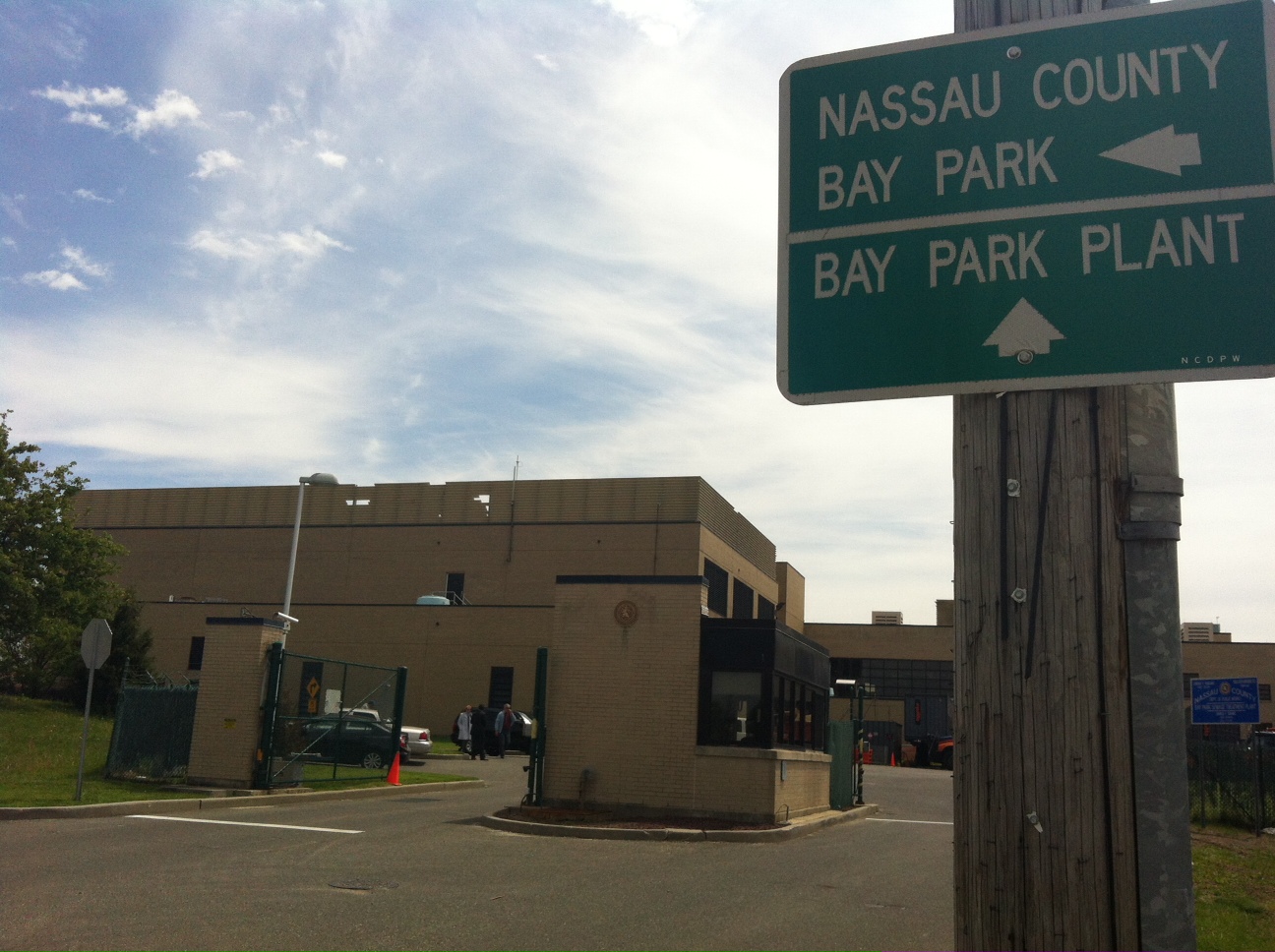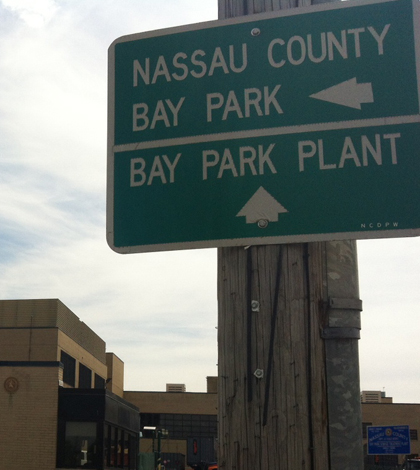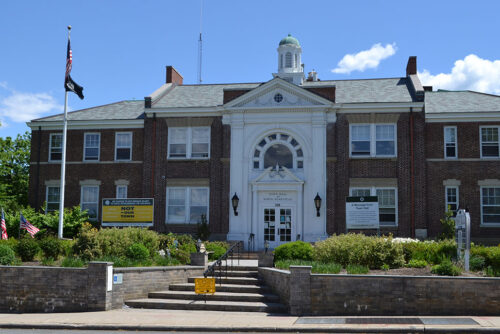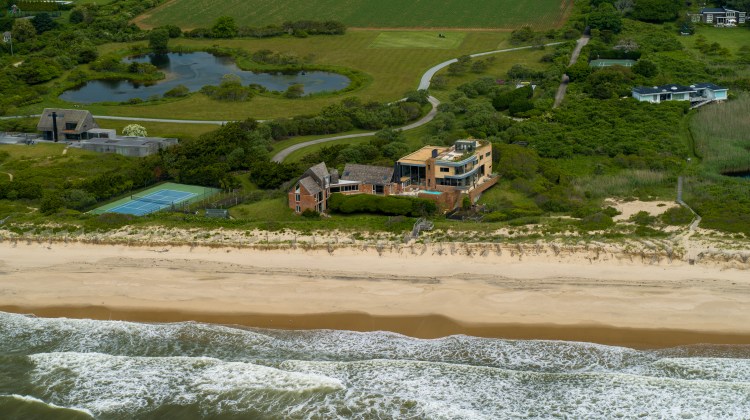
The good news is Nassau County recently learned that the Sandy-ravaged Bay Park Sewage Treatment Plant will get $730 million from the federal government for much-needed repairs and storm-hardening work. The bad news is that officials now say the plant needs twice that amount.
Nassau County Executive Ed Mangano joined U.S. Sen. Charles Schumer (D-NY) in Washington D.C. on Wednesday to lobby federal officials for another $117 million on top of $730 million already approved because they say the cost of repairing and hardening the plant is now $847 million. They’re also lobbying for another $600 million to extend the plant’s outflow pipe from Reynold’s Channel into the Atlantic Ocean, bringing the total requested amount to $1.4 billion.
“This project may be the single most important thing we can do to protect homeowners and the environment,” Mangano, a Republican, said in a statement. “We all remember the sewage crisis we had in the wake of Sandy and we need to avoid that again at all costs.”
If approved, construction of a new outflow pipe, which would connect to the sewage treatment plant in nearby Long Beach, would be funded through a grant from the U.S. Department of Housing and Urban Development (HUD), a spokesman for Schumer said.
It’s unclear when HUD secretary Shaun Donovan will make a decision on the county’s new proposal, but it could come in the “not too distant future,” Schumer’s spokesman said.
Officials have lobbied for federal aid since Sandy pounded the plant with nine feet of saltwater, causing a catastrophic failure that spewed sewage into local streets and homes, and spilled nearly 200 million gallons of treated and untreated sewage into Reynolds Channel and Hewlett Bay. Bay Park serves about half a million residents across the county.
Wednesday’s meeting with federal officials came one day after Schumer penned a letter to the Federal Emergency Management Agency and Donovan, noting that the plant is “one of the largest and most difficult undertakings in the efforts to rebuild after Superstorm Sandy.”
The trip also came less than a week after Gov. Andrew Cuomo announced that FEMA officially approved $730 million to repair and mitigate the wastewater treatment plant. Part of the funding will go toward building a large dike around the entire plant as protection from another major storm surge and elevate equipment.
There’s also plans to repair Bay Park’s power system, harden 57 pump stations as well as harden and replace the sludge dewatering equipment and building that was damaged during the storm.
In his own letter to FEMA, HUD and Department of Homeland Security, Mangano said additional funding is necessary to pay for the cost of temporary systems needed to maintain plant operations during the construction, which is expected to take years to complete. The county executive is also requesting that FEMA provide $37.3 million to support sewage clean-up efforts for 2,000 local families that had sewage back up into their homes when the plant failed.
Mangano also described the $600 million “Ocean Outfall/Long Beach Conversion Project,” which would convert the Long Beach plant to a pump station, as vital to “greatly reduce the possibility of damage to the sewage treatment systems from future storms.” The project would also free up about 20 acres of land for economic development, Mangano said.
Long Beach City Council President Scott Mandel said in a statement that the city supports the outflow pipe proposal, calling it a “game changer for the south shore.”
The Nassau County Legislature in November approved the second half of $722 million bonding proposed by Mangano after months of intense bickering. That borrowing will be repaid by the recently announced federal aid sooner than expected instead of the county waiting to be reimbursed after completion of the project, officials said.

































